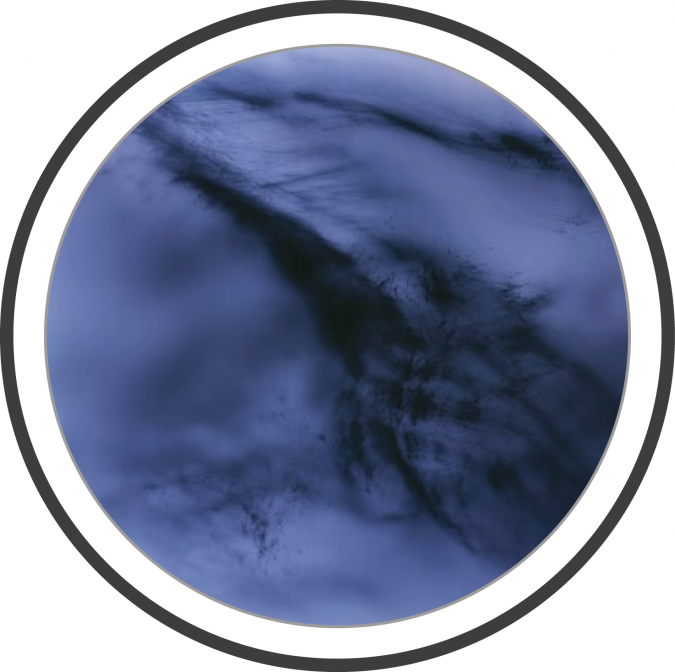Compared to other auction markets, the photography market seems to persist as an enigmatic entity that is stunted by its reproducibility of medium and resulting inability to reach the significant hammer prices that other auction markets enjoy. ArtTactic’s Photography Auction Market Analysis 2018 looks at this complex market highlighting last year’s trends and developments. Here are 3 key takeaways from the report that begin to peel back the curtain on this less understood market.
1. New report methodology reveals almost half of photography sales value came through contemporary day and evening sales between 2015 and 2018: This year, and moving forward, ArtTactic has decided to include not only photography dedicated sales in its market analysis report, but also photography sales in Post-War & Contemporary day and evening sales channels. Why? Peter Gerdman, Head of Market Analysis and Products at ArtTactic, explains that, “Historically, we looked only at photography dedicated sales, but the issue with that approach is that you only get one small snapshot of the market. By introducing additional components and sales channels you get a wider view of the photography market as a whole.” He continues, “For example, there are artists, like Richard Prince and Wolfgang Tillmans, whose works primarily sell in Post-War & Contemporary sales. These artists cater to a specific type of collector who are predominantly involved in that sector of the market as opposed to the traditional photography market. In the 2017 report we didn’t see that.”
2. Richard Prince, Cindy Sherman, Andreas Gursky, and Wolfgang Tillmans generated 93% of their sales value through the Post-War & Contemporary Evening and Day sales. The top 5 artists by sales value in 2018 were sold primarily through Post-War & Contemporary evening sale and day sales, rather than dedicated photography sales – Richard Prince was sold exclusively through Post-War & Contemporary channels. Irving Penn, however, sold exclusively through dedicated photography sales. Cindy Sherman, Andreas Gursky, and Wolfgang Tillmans straddled both auction sales channels with the majority of sales being made through Post-War & Contemporary art channels. Outside of the top 5 selling artists by value, but still within the top 10, artists sold primarily through dedicated photography sales. This included Robert Mapplethorpe, Hiroshi Sugimoto, Diane Arbus, Richard Avedon, and Helmut Newton.
It is interesting to consider the sales channels through which artists are selling as they play a role in understanding the layered structure of the photography market and how they also change the perceptions of value for a photographic work. For example, when a photograph is placed in a Post-War & Contemporary sale does this change its perceived economic and cultural value? If we look at two artists that frequently straddle both Post-War & Contemporary day sales and dedicated photography sales, Hiroshi Sugimoto sold for an average price of $32,343 in photography dedicated sales versus $59,245 for Post-War & Contemporary day sales from 2015 to 2018. Thomas Struth sold for an average price of $58,797 in dedicated photography sales compared to an average price of $82,634 in Post-War & Contemporary day sales during the same period. These average price differences are likely to be influenced by edition numbers and size of the artwork, however this still reveals something about the auction hierarchy and the value associated with selling through different auction sales channels.
3. The photography market is not in decline, rather it is taking a breather after an exceptional year in 2017. The photography market fell 26.5% in 2018. Total photography sales at the three major houses (Sotheby’s, Christie’s, and Phillips) amounted to $62.3 million in 2018 which is down considerably from $84.8 million in 2017. The number of lots offered was also 11.9% lower than 2017.
Fingers point to Christie’s as the main contributor to the overall decline in photography sales in 2018. The significant drop in photography sales from the auction house (after a record season in 2017) can be attributed to three factors: firstly, a 79% drop in sales of photography in their Post-War & Contemporary Evening and Day auctions from 2017 to 2018. Secondly, a 34% drop in sales in the dedicated photography sales for the same period and finally, a rescheduling of the Masterpieces of Design & Photography Auction from October 2018 to March 2019.
Although photography sales weakened in the last 12 months, it was still 9% higher than in 2016 and 20% higher than in 2015, so rather than being a sign of a market in turmoil, it looks like it’s just catching its breath.
Click for more information on this report
Become an Analyst Member today and get access to this report and many more for only £69.50 per month.

